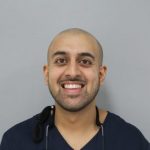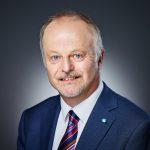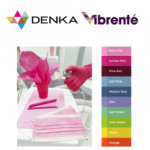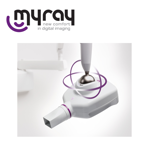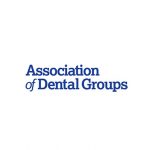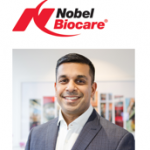Dr Sunil Chudasama is the Principal Dentist at DentalKind, in Billericay, Essex. Having completed his training at King’s College Dental Institute in London and then undertaken further education in restorative dentistry at the Eastman Dental Institute, also in London, he now performs cosmetic, restorative and implant dentistry. Here, he presents a recent restorative case using BRILLIANT EverGlow®composite and ONE COAT 7 UNIVERSALbonding agent, both from COLTENE.
Initial presentation and examination
This young adult male patient presented to me concerned about his smile, in particular his spacing due to congenitally missing lateral incisors (see Figs 1,2 and 3).The patient actually works within the dental industry and as a result is extremely conscious of his dental appearance. I have known him for several years, but it took him a while to become motivated enough to take action and make a positive change to his smile. Medically, the patient was fit and well. The variability in spacing around the upper anterior teeth due to his congenitally missing lateral incisors created many challenges. We discussed management with either comprehensive orthodontics to idealise and localise the spacing, or restorative dentistry to close the spaces. I advised that the ‘gold standard’ option would be orthodontic treatment to open the lateral spaces and then consider dental implants or resin-bonded bridges to replace the missing lateral incisors. Restorative options included direct composite bonding or minimal preparation porcelain veneers. Given the age of the patient and health of the teeth we strongly advised a non-prep approach. To give the patient a very quick idea of what could be achieved with composite bonding we performed a fast intra-oral mock up of his UR2-UL2. The patient was ecstatic with the result as his aesthetic concerns had been instantly addressed and he was excited to get the actual composite restorations completed. The composite shade selected was a VITA shade B1, and he maintained this with home teeth whitening.
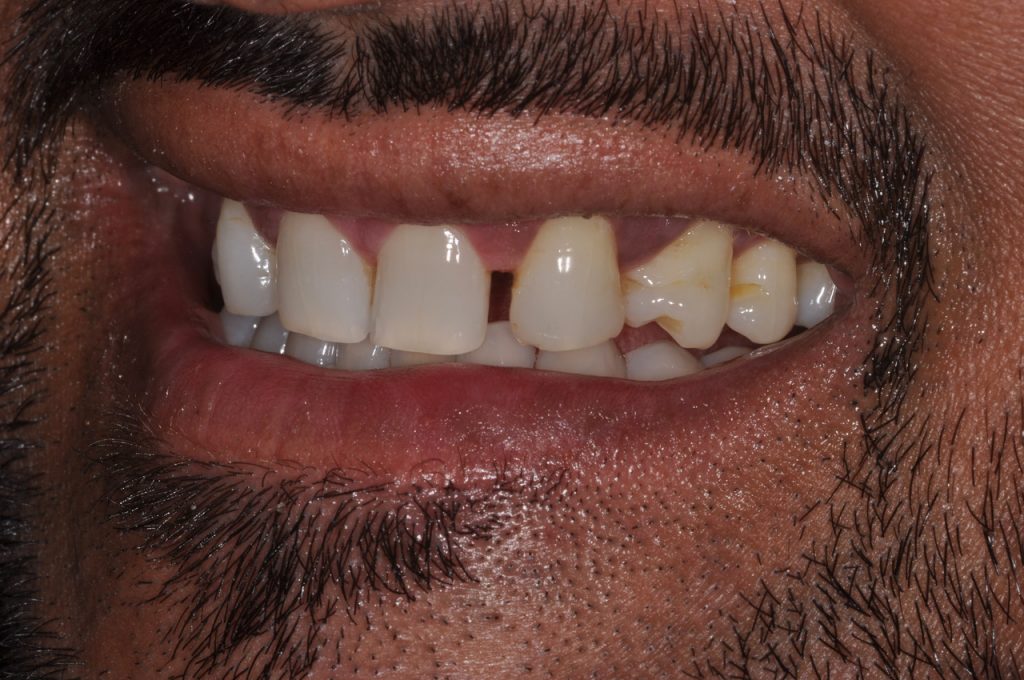
Fig: 1
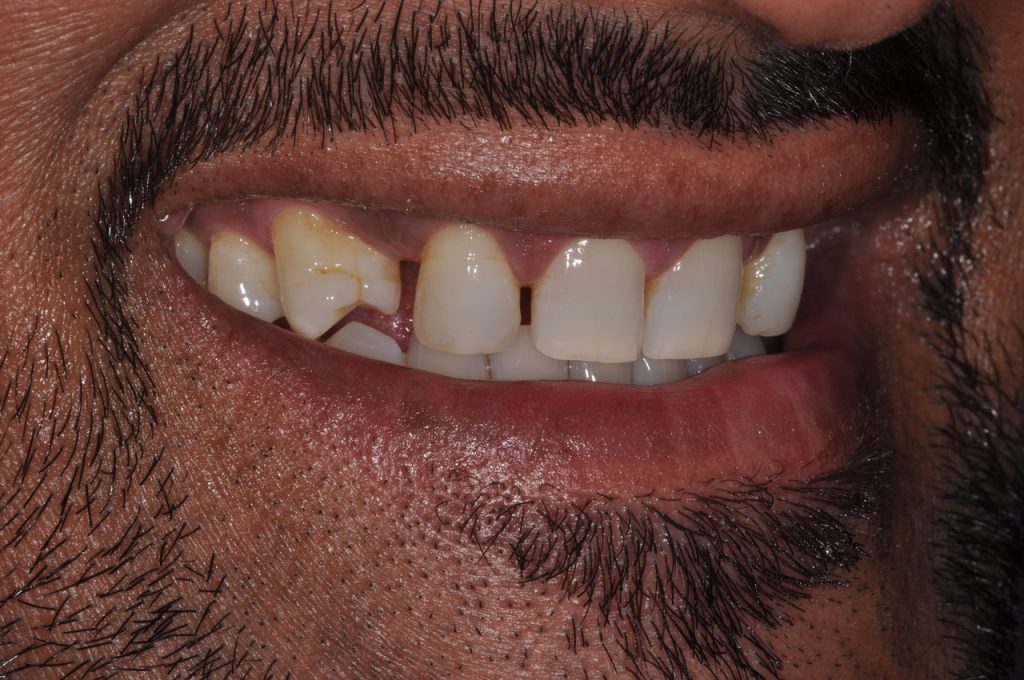
Fig: 2
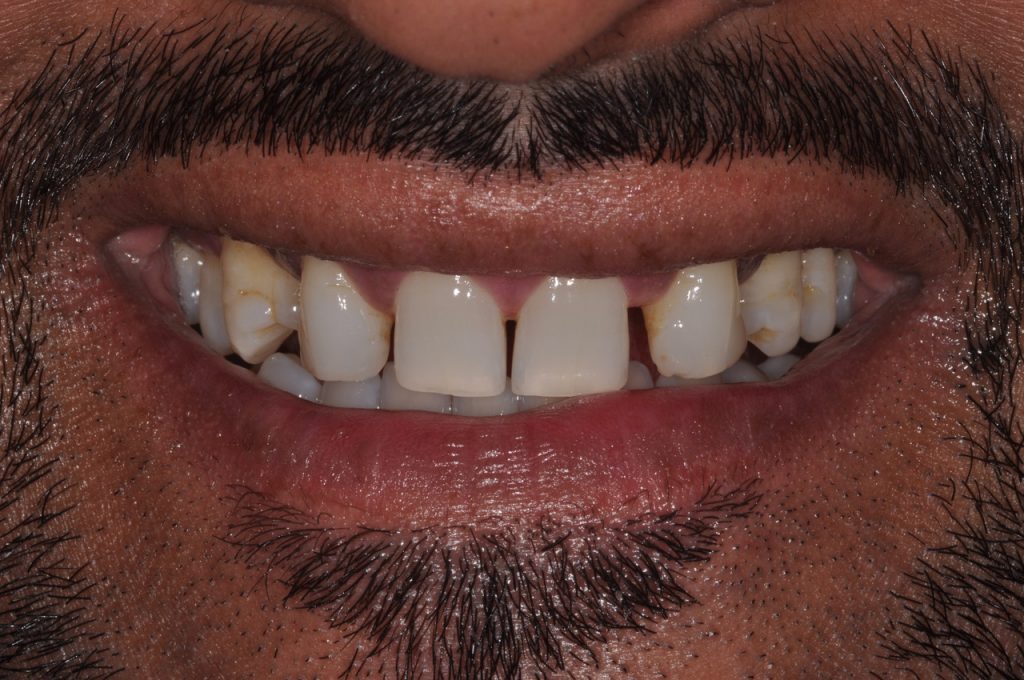
Fig: 3
Treatment pathway
Treatment was completed under rubber dam without the use of any local anaesthetic. The rubber dam was held in place with a Wedjets Stabilising Cord, from Hygienic, and floss ties were used to correctly position the dam around the anterior teeth, ensuring ideal placement around the gingival areas. The patient has some older bonding on the disto-incisal aspect of the canines, which was removed. The build-ups were completed one tooth as a time, completely freehand (no stent or wax up made prior to treatment). The protocol was to sandblast with aluminium oxide powder (50 Micron), then etch for 15 seconds (as per the guidelines), followed by an application of ONE COAT 7 UNIVERSAL (COLTENE)and incremental build up using shade B1/A1 BRILLIANT EverGlow®, also from COLTENE. A mixture of curved posterior sectional bands and/or transparent Mylar Matrix strips were used to shape the proximal areas. The final curing was finished under glycerine. The shaping and polishing of the restorations was completed using DIATECHSwissFlex®Polishing Discs and Strips and DIATECH ShapeGuard system, all available from COLTENE. DIATECH SwissFlex®Discs and Strips are extremely thin for great precision and flexibility to correctly shape the anteriors. The polishing wheels are an excellent and efficient polishing system that quickly bring the BRILLIANTEverGlow®composites to life.
Appraisal
ONE COAT 7 UNIVERSALbond (COLTENE) is extremely user friendly and it dries to leave a very thin layer ideal for anterior restorations. It can be used as self-etch and selective-etch if desired. It can also be used in a dual cure approach, which is ideal for post-hold preparations. The BRILLIANT EverGlow®composite (COLTENE) is also lovely to use, handles well and the blend to the natural tooth is excellent. The polish and lustre of the final restorations separates it from other composites on the market, especially when combined with the DIATECHSwissFlex®polishing system, also available from COLTENE. Personally, I find that the biggest benefit with this composite is its colour adaptation. This allows me to create beautiful seamless results without the need for any more time consuming multi-layered restorations. I strongly recommend this system for anyone performing a lot of anterior composite restorations.
The patient is very pleased with the outcome and is feeling more confident with his smile (see Figs 4, 5 and 6).He wishes to undergo more treatment because of the fantastic results already achieved with his front teeth and we are now planning freehand fiber-reinforced closure of the residual spaces left between the canines and first premolars.
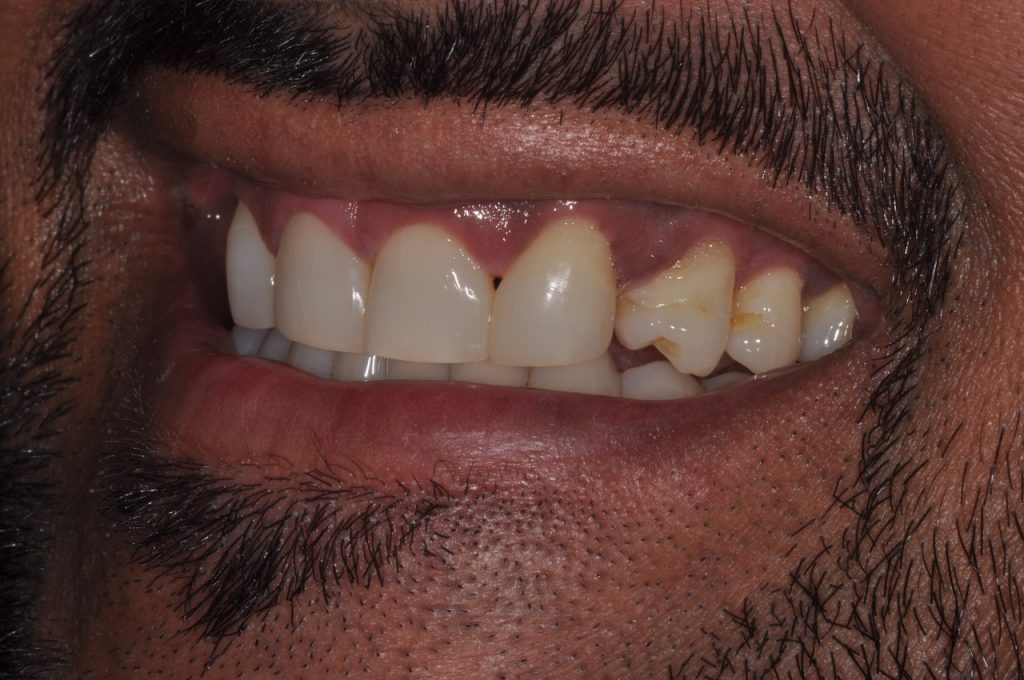
Fig: 4
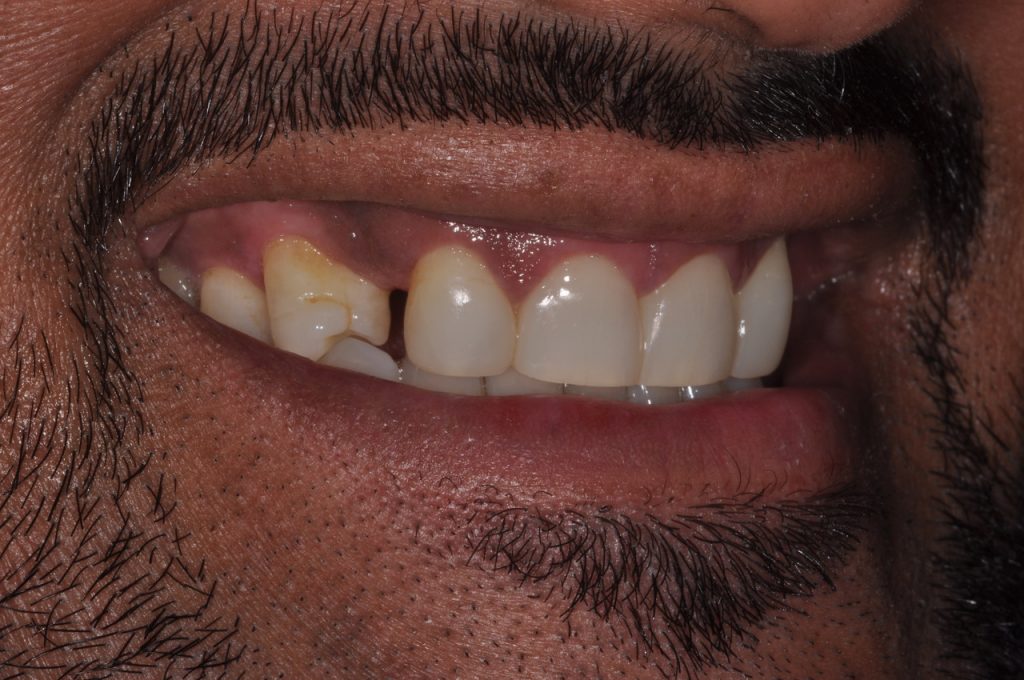
Fig: 5
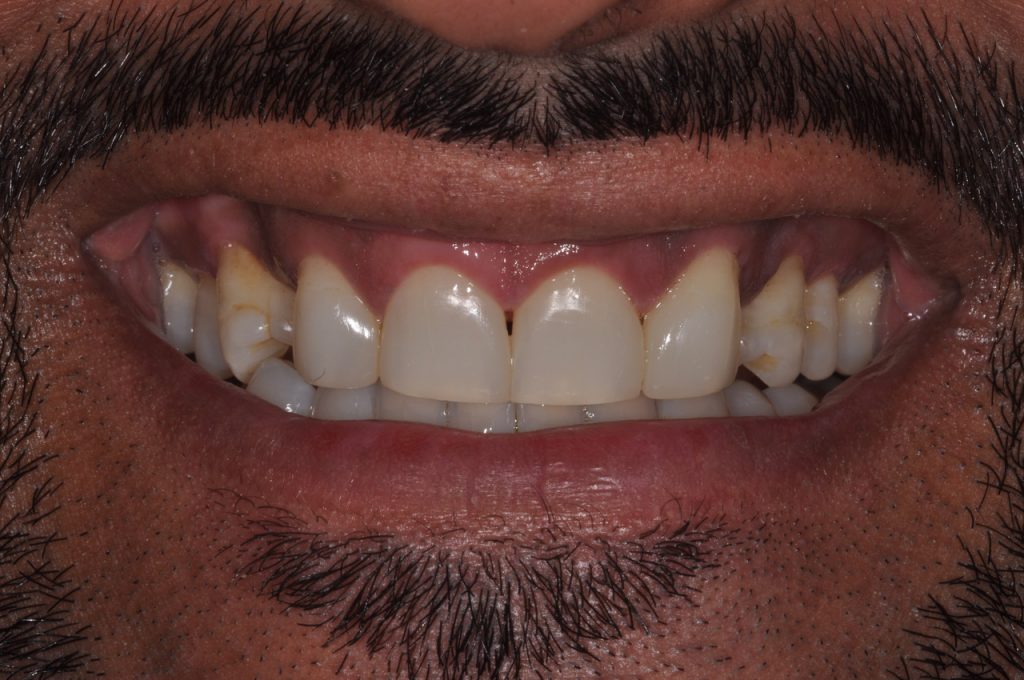
Fig: 6
To find out more visit www.coltene.com, email info.uk@coltene.comor call 01444 235486




